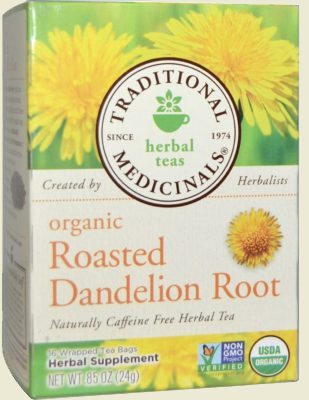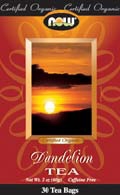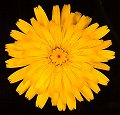Now is a good time to touch on some distinguishing identifying plant characteristics!
Dandelions (Taraxacum officinale)
- official (designated Latin name) medicinal and nutritive qualities have been treasured and trusted for millennia.
- are common plants, but not ordinary.
- have non-edible uses like for dye, and many edible uses, including salad, cooked green, cooked vegetable, fritters, coffee, and…TEA!!!
- grow in mesophytic, xerophytic and hydrophytic habitats (grow in moderately moist, dry, and wet conditions and environments).
- range worldwide from the arctic to the tropics, especially in sunny areas.
- thrive in flower beds, lawns, pastures, meadows, roadsides, moist/open places.
- solitary yellow flower heads grow atop unbranched, hairless, leafless, milky, hollow stalks that later yield downy white tufted “parachute” seedballs.
- outer bracts (sometimes mistakenly called sepals) of its many-rayed yellow flowers are reflexed downwards.
- deeply notched lance-shaped leaves have irregular lobes and jagged margins.
- leaves and flower stalks all—every last one of them!—grow straight out of the ground directly from the taproot in a basal rosette configuration.
- reach a height of about 2-18 inches (5-45 cm.).
The descriptive name of the plant comes through the Middle English form of dandelion, dent-de-lioun, borrowed from the Old French dentdelion, from Medieval Latin dēns leōnis, literally, “tooth of the lion,” (from the sharply indented leaves of the plant) < Latin dēns, dent-, tooth [cf. dental, dentist] + Latin leōnis, genitive of leō, lion [cf. Leo, lion]. The word dandelion occurs in an herbal written in 1373, and in a proper name (Willelmus Dawndelyon) in a document dated 1363. Numerous folk names for this widely-used herb identification include bitterwort (taste), blow ball (and make a wish), cankerwort (natural remedy), clock flower (to “tell time”), doonheadclock, lion’s tooth, priest’s crown, pissabed (diuretic proterties), puffball, swine snort, wild endive, and yellow gowan (yellow kind of a common daisy).
Dandelions belong to the big sunflower family Asteraceae (formerly Compositae), along with over 10% of the world’s flowers. Blossoms are organized into an involucrate pseudanthium in the form of a head (or capitulum). This immediately recognizable characteristic-even from a distance-makes dandelions and their relatives the easiest, and possibly largest, family of flowering plants to identify.
The successful floral configuration surprises almost everyone; indeed, a dandelion is not simply one flower, but perhaps a hundred. Each flower makes a dry-seeded fruit (an achene) attached to a downy parachute, forming the fluffy white puffball every child likes to blow away into the wind (and then make a wish).
Composite blooms are mostly two types of flowers: ray flowers (outer “petals”, as pulled off a daisy, “…loves me, loves me not…”) and disc flowers (inner center, like the “eye” in Black-Eyed Susans). This exclusive asteraceous inflorescence likely ensures being the best-represented plants in any chosen backyard.
Dandelion relatives include herbs, shrubs, and some trees, food and ornamental plants such as:
ARTICHOKE
ASTER
CHAMOMILE
CHICKORY
CHRYSANTHEMUM
DAHLIA
ENDIVE
LETTUCE
MARIGOLD
SAGEBRUSH
STEVIA
THISTLE
YARROW
ZINNIA
With Kevin’s Low’s kind permission, we will show you here his photographs of a dandelion relative (white ray flowers as “petals” surrounding yellow disc flowers clumped in a central cluster) that is “growing wild all over the place” in Malaysia:
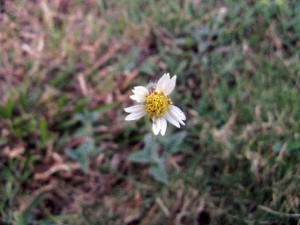
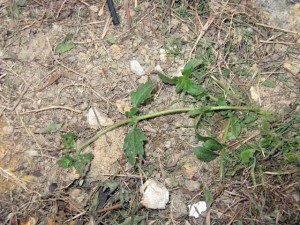
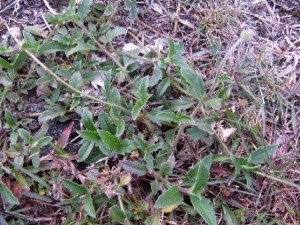
We look forward to learning the name of this plant and if it is edible/medicinal, perhaps like chamomile tea… If you know, please write us your comments! Thanks! We look forward to hearing from you!
Common activities children like to do with dandelions include plucking a bright yellow blossom and holding it under someone’s chin “to see if they like butter”, and forming a golden crown, necklace, or bracelet by making a cut in one flower stalk and inserting the blossom of different flower stalk into it, one after another.
A folk name for dandelion, yellow gowan (gowan: yellow kind of a common daisy) refers to the blooming dandelion’s bright golden yellow. Is there any other color?
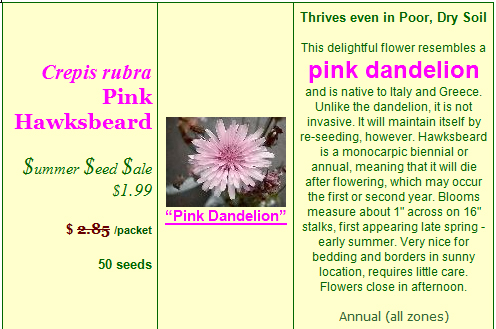 Click the Pretty Pink to order these dandelion relatives.
Click the Pretty Pink to order these dandelion relatives.




